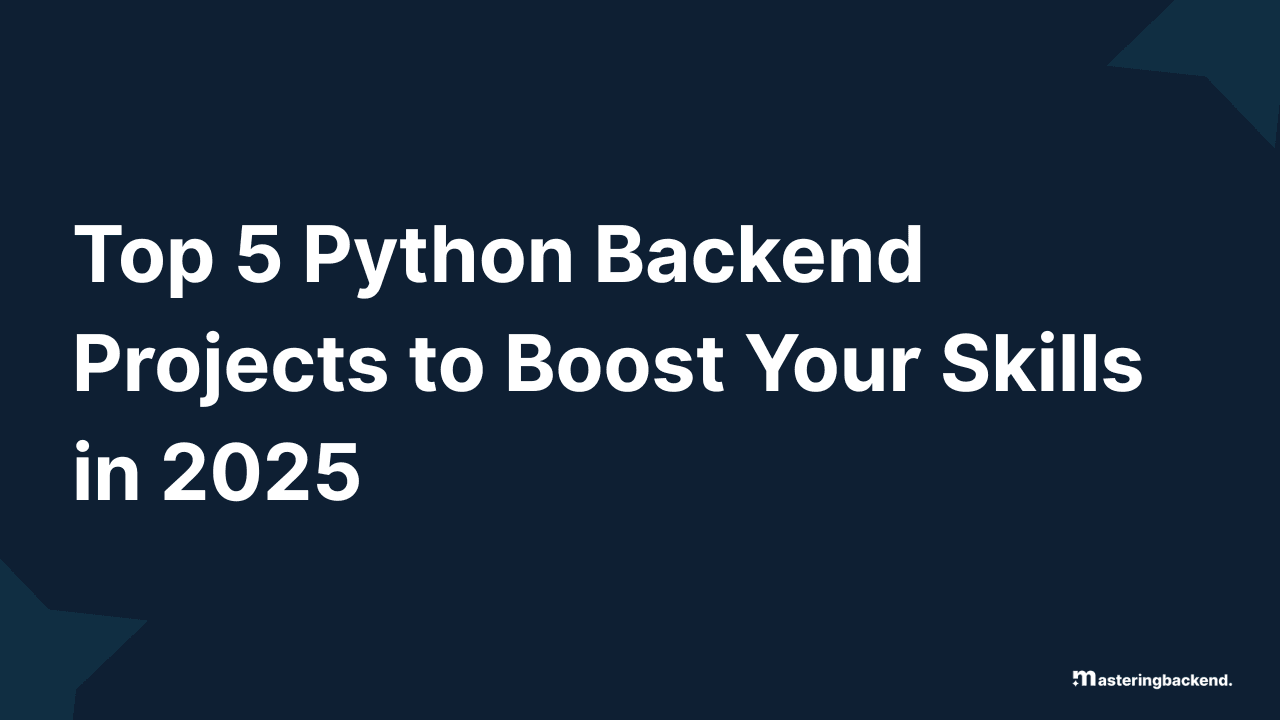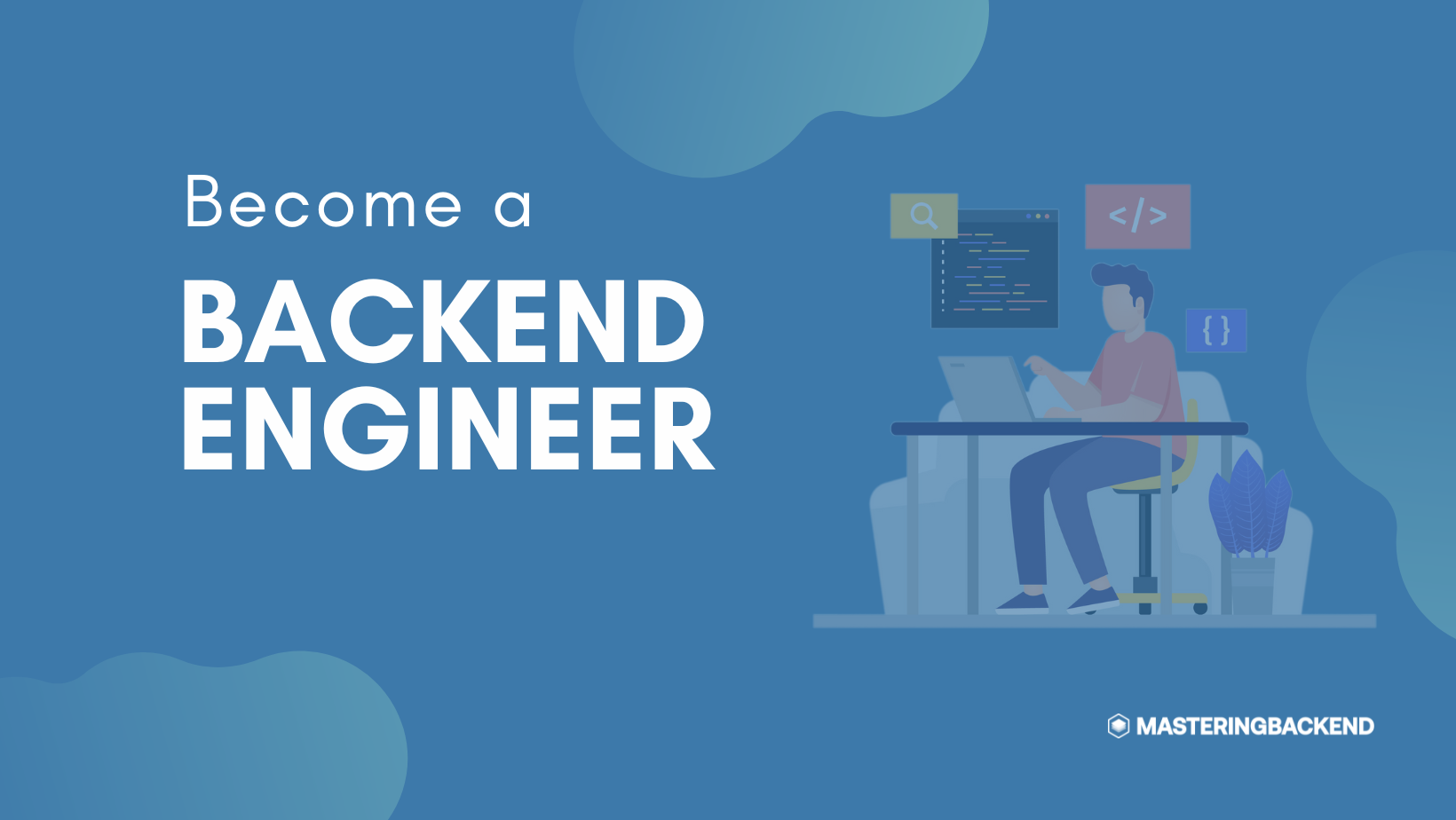Python is an incredible programming language that is easy to pick up for both beginner and experienced Programmers alike. It boasts of a relatively straightforward syntax, powerful libraries and extensive community support. Unfortunately however, Python when mentioned in today’s developer circles generally has backend developers not
particularly enthusiastic especially when compared to languages like Go, Rust, or Node.js, due to its relatively slow performance and has been dismissed by some as the “data science language”. This however, overlooks one key truth: Python excels in backend development especially when paired with the right tools. In this article, we’ll explore five powerful backend projects you can build using Python to sharpen your skills, improve your portfolio, and learn core backend concepts like asynchronous programming, API design, and job queues.
Project 1: Real-Time Chat App with WebSockets
In a world smitten by connection and interaction, a real-time chat app is a wonderful opportunity to showcase backend prowess and innovation as it deals with concepts that are cornerstones of the backend process such as user authentication, message history, real-time data and data manipulation, persistence and websockets handling. This project when done correctly exposes one to healthy bouts of asynchronous programming in live communication which is deeply relevant today. Popular tool choices may be FastAPI, Django and Redis for persistence. You could try
making your chat app standout with suitable concepts that reflect your
personality such as a chat app for introverts which is bound to scale since introverts would rather chat than call anyway.
Project 2: Machine Learning Serving Backend
It is no secret that Python is a popular choice when it comes to machine learning tasks and projects. Backend infrastructure and development is also important in such projects for actions such as uploading files, logging requests, handling timeouts and
receiving predictions. This makes the backend useful in introducing machine
learning inference APIs and for data handling. Good tools that prove invaluable here are Pydantic, Docker and FastAPI.
Project 3: Notification System and Job Queue
Any notification system is an interesting undertaking with Python. Here we are faced with scalable architecture and message-based workflows as well as queued tasks, job workers and retry logic - definitely in the arena of backend development. Python makes
this a worthwhile venture with tools like Flask and FastAPI in conjunction with Celery, Redis and SMTP.
Project 4: Podcast Platform Backend
If you’ve ever been impressed by your favorite podcast platforms so much that you have tried to understand their inner workings from the perspective of the backend, you could accomplish that using Python. This project may be considered a bit complex because it is a capsule of a number of features that include streaming audio, managing media uploads, user subscriptions and comment systems. You’ll also get to explore concepts like rate limiting and RSS feed generation. If you want to show off your file handling and scalable API skills it is a great project to build. Tools that may come in handy here are FastAPI, PostgreSQL, AWS S3 and Json Web Tokens (JWT).
Project 5: Blogging Platform
This blogging platform project constitutes a platform with very real world scenarios and consequences. Features could include authentication and authorization, admin roles, image upload, markdown support, multiple user handling and more. It is a safe haven of backend development made possible by Python tools such as Django and PostgreSQL. The good thing about this is that backend complexity grows with scale. You could add caching, tag filtering and permissions. It is favored by backend developers for personal projects because it is flexible enough to allow varying complexities for any skill level.
Conclusion
These five projects represent just a small glimpse of what you can build with Python on the backend. While there’s no absolute ranking of the “top” backend projects, each one featured here was selected because it challenges you to apply real-world backend development concepts, such as asynchronous communication, API design, job queues, and authentication. What makes a project truly valuable isn’t popularity, it’s how much it aligns with your learning goals and career path.
So if you're building your portfolio, preparing for job interviews, or just curious about backend architecture, keep experimenting. Python’s flexibility and powerful ecosystem make it one of the best languages to explore and master backend development.
Ready to go further? Explore more Python backend project ideas, contribute to open-source, or scale these five to production level.




